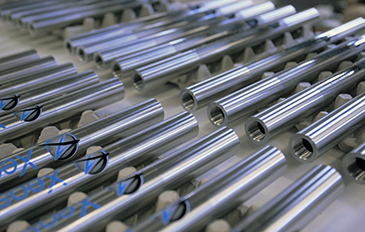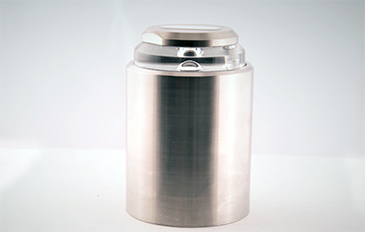Our Technology
We build great things for great people who work in the oceans. Our success has been built on a number of unique approaches that combine to create a XeosBeacon. It's part electronics, part mechanical, part software and part great people. Read on below to learn a bit more about what goes into a XeosBeacon.

Battery Power
Batteries have to last for long missions with enough power left to send surface alerts. Low power microcontroller development has been at the core of our technology.
11,000m Depth Rating
Getting to 11,000m isn’t easy.
We chose from between several grades of titanium, glass and acetal to allow our beacons to reach full ocean depth. We don’t use stock titanium tubes but rather have designed our own custom titanium extrusions for our MicroBeacon line of products. All of our deepwater designs are pressure tested to 20,000 psi (13,700m).


GNSS
The Move to GNSS
All of our beacon designs are moving from L1, GPS only designs to L1, GPS, Glonass, Galileo, Beidou. More satellites mean better first fix times and more chances of successful tracking in compromised environments.
Longevity
Our firmware and software developments take advantage of low power state machines, Real Time Operation Systems and internal ‘watch dog’ timers to ensure that our beacons keep working for years after being turned on.


Quality
We take pride in the details.
We use 'half-dove tail' o-ring glands to help retain o-rings when removing end caps. We use redundant o-rings where possible. We developed our own methods to shape, polish and anneal the glass components that are found on our beacons. We have developed our own manufacturing processes for achieving a reliable glass to metal seal.

